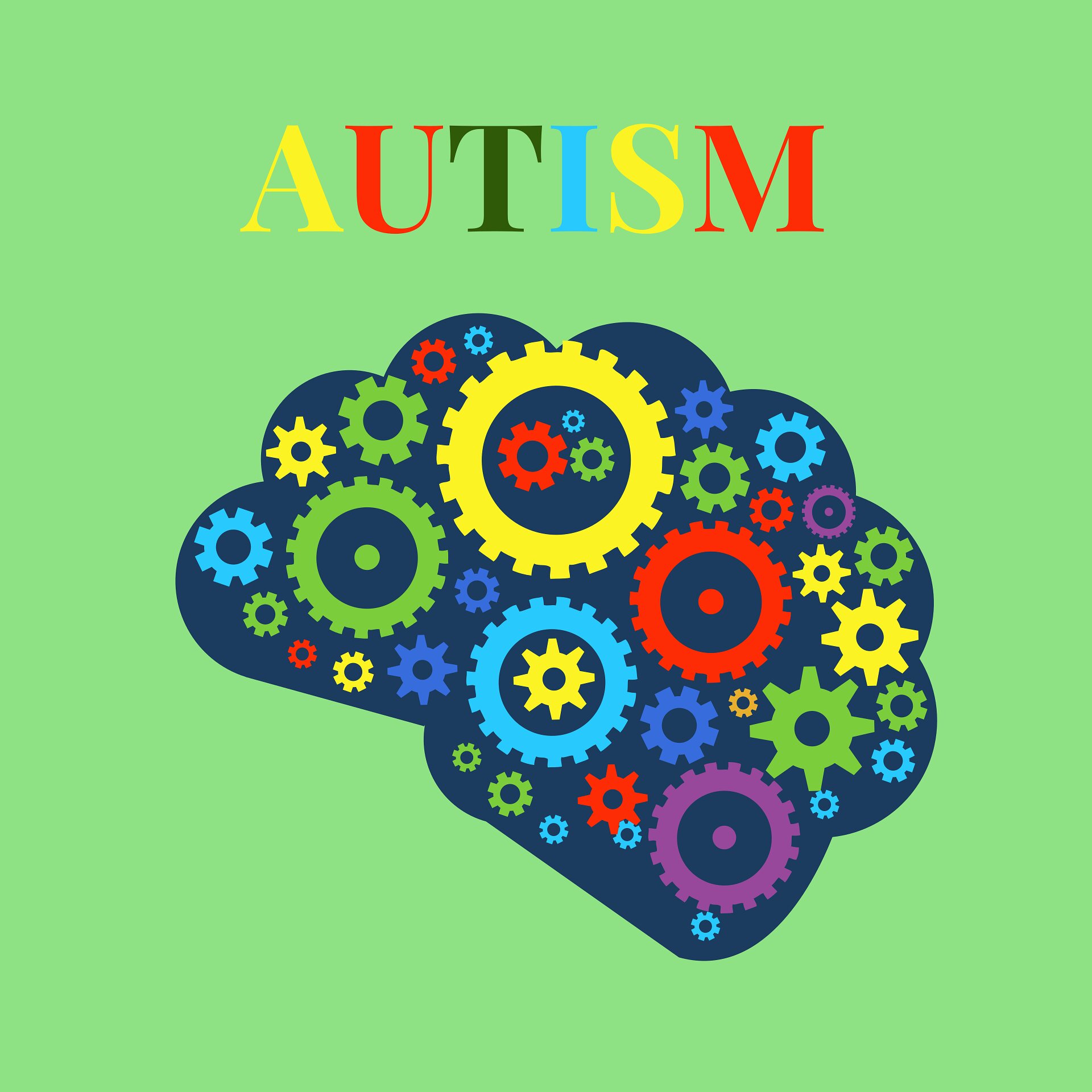Recognizing the Spectrum: A Comprehensive Guide to Autism Awareness
Recognizing the Spectrum: A Comprehensive Guide to Autism Awareness
Blog Article
Discovering Autism: Approaches for Effective Communication and Interaction
Efficient communication and interaction with individuals on the autism spectrum require a comprehensive understanding of their distinct needs and choices. Approaches such as employing clear language, utilizing visual assistances, and fostering consistent routines can significantly enhance interaction and decrease stress and anxiety. Recognizing the relevance of non-verbal cues and shared rate of interests paves the way for significant connections. Nevertheless, the complexities of these methods disclose more factors to consider that merit exploration, specifically in just how they can be adjusted to diverse contexts and individual experiences. What might these adjustments resemble in method?
Understanding Autism Range Disorder
Autism Spectrum Problem (ASD) includes a variety of neurodevelopmental conditions identified by difficulties in social communication, communication, and repetitive habits. The term "range" reflects the diverse manifestations and varying levels of seriousness experienced by individuals with ASD. While some may exhibit substantial impairments, others may present high-functioning attributes, permitting higher freedom in day-to-day live.
The onset of ASD usually takes place in early childhood years, with indicators typically well-known by age 2. Early indicators might include delayed speech advancement, minimal eye contact, and problems in recognizing social signs. Although the exact etiology of ASD continues to be vague, study recommends a mix of ecological and hereditary factors plays a crucial role in its advancement.
Individuals with ASD usually have distinct staminas, such as enhanced focus to information and extraordinary memory abilities. Nonetheless, they might battle with recognizing abstract principles and handling modifications to regular. Therefore, interventions and assistance customized to private requirements are necessary for promoting communication and social skills. Recognizing the intricacy of ASD is essential for advertising awareness, acceptance, and reliable strategies that facilitate purposeful communications with individuals on the spectrum.

Significance of Clear Communication
Efficient communication is important for fostering understanding and link, specifically for people with Autism Spectrum Disorder (ASD) Clear communication not just promotes social communications however likewise enhances the person's capability to share their demands, ideas, and emotions. For individuals with ASD, the subtleties of language can typically be challenging; therefore, using uncomplicated and distinct language is important.
Moreover, clear interaction aids minimize disappointment and anxiousness that might develop from misunderstandings. When messages are conveyed in a regular and straight manner, people with ASD are better outfitted to translate details precisely, which can significantly enhance their social involvement and participation in different setups.
Developing routines and using visual assistances can even more bolster clear interaction. These strategies supply individuals with predictable structures that aid understanding and retention of information. In addition, proactively being and listening client during communications advertises a supportive atmosphere where people with ASD feel valued and understood.
Eventually, focusing on clear interaction not only equips people with ASD however additionally fosters more purposeful connections with their peers, caregivers, and the broader area, leading the way for joint partnerships and inclusive interactions. - autism
Non-Verbal Interaction Techniques
Communication extends past words, and for people with Autism Spectrum Condition (ASD), non-verbal hints play a considerable duty in interactions. Non-verbal interaction techniques can include face expressions, motions, body movement, and eye contact, all of which serve as vital components for conveying intents and emotions.
Comprehending and analyzing these non-verbal signals can improve interactions with people with ASD. A warm smile or open stance can develop an inviting ambience, motivating engagement. Making use of aesthetic aids-- such as picture cards or signs-- can link interaction spaces and help share messages extra properly.
It is additionally crucial to be conscious of personal area, as individuals with ASD might have different comfort degrees relating to proximity. Observing their responses to physical nearness can inform suitable changes.

Producing Supportive Settings
Developing a helpful environment is crucial for cultivating positive interactions and boosting the wellness of individuals with Autism Range Condition (ASD) Such environments can significantly lower anxiety and develop a sense of safety, permitting individuals to express themselves a lot more freely.
To attain this, it is vital to think about sensory level of sensitivities that people with ASD may experience. Changing the physical space to consist of soft lighting, marginal background sound, and comfortable seating can develop a calming environment. Additionally, utilizing consistent routines and clear aesthetic schedules can aid individuals prepare for shifts and reduce uncertainty, more promoting convenience.
Social spaces need to be structured to reduce frustrating stimuli while offering possibilities for interaction in preferred tasks. Facilitating locations designated for silent time can likewise function as a sanctuary during moments of tension. Notably, integrating elements of option empowers people, allowing them to exercise agency in their atmosphere.
:max_bytes(150000):strip_icc()/autism-coping-4686275-v5-0ebcd414a35a481282d891a9d69d4bb9.png)
Motivating Social Communications
Fostering social communications among people with Autism Spectrum Problem (ASD) needs intentional approaches that focus on comfort and involvement. Establishing foreseeable routines can help minimize anxiety, making social setups a lot more friendly. Developing structured environments with specified responsibilities and roles permits individuals to involve without the overwhelming pressure of disorganized social dynamics.
Integrating passions and strengths into social tasks can work as a driver for communication. For instance, organizing team tasks around shared leisure his response activities or subjects of attraction can promote natural conversations and links. Additionally, using aesthetic assistances, such as social manuscripts or pictorial routines, can aid in recognizing social cues and expectations.
Designing appropriate social habits is vital - autism. Peers and grownups need to show effective communication techniques, including active listening and turn-taking. Role-playing scenarios can likewise offer a secure area for people to exercise these abilities
Last but not least, fostering peer relationships through inclusive practices is necessary. Motivating inclusive playdates or team trips can produce chances for socialization in a comfortable setting. By implementing these instructors, caretakers and techniques can dramatically boost social communications for people with ASD, advertising their overall social development and health.
Verdict
In verdict, efficient interaction and communication methods are essential for supporting individuals with Autism Range Problem. best site Inevitably, these strategies encourage people with autism to browse social landscapes, advertising their total well-being and enabling the advancement of long-term partnerships.
Efficient communication and communication with people on the autism range demand a comprehensive understanding of their one-of-a-kind needs and preferences. Clear interaction not just helps with social interactions however additionally boosts the individual's capability to express their requirements, feelings, and ideas.Promoting social communications amongst individuals with Autism Spectrum Disorder (ASD) calls for willful approaches that prioritize convenience and interaction. By carrying out these caregivers, strategies and instructors can significantly enhance social interactions for individuals with ASD, advertising their total social advancement and health.
In final thought, effective interaction and interaction strategies are essential for sustaining people with Autism Range Problem.
Report this page